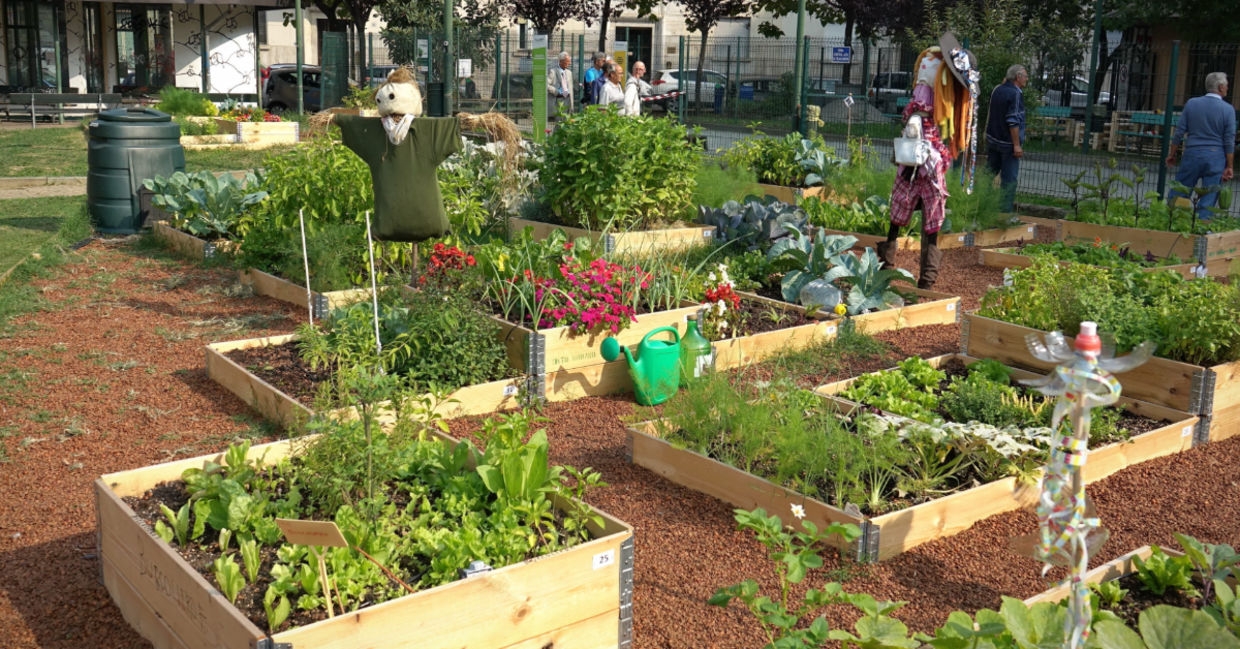
(MikeDotta / Shutterstock.com)
When you think about your public library you usually envision books, reference materials, and computers for people to use. You may even think about educational lectures and concerts that are often held at libraries. But few would think about a library that has a farm on its grounds.
But why not? After all, with rising costs, food insecurity is a community-wide issue. The Cicero Branch of the Northern Onondaga Public Library (NOPL), in upstate New York near Syracuse, addressed this issue by building an urban farm on its property.
The farm was the brainchild of Meg Backus, the adult programming director and public relations coordinator at the library, according to Shareable. She saw the vacant library-owned lot across the street from the building and realized it could be used to benefit the community.
Creating an urban farm
The organic urban farm was created in 2011 and in the beginning, around 40 members of the library brought seeds, seedlings, water, and supplies to see if they could grow food on the lot. It turns out that they could.
“The ground was part of a farm that was on that land at some time in history, so it was still kind of fertile and we had great success,” Sue Buswell, the Library Farm manager told Shareable “[The library] started not only giving us the land to grow on, but the adult librarian started doing programs about gardening and such.”
As the farm grew in popularity over the years, it could not just be sustained by library members. There was an additional potential setback, it turned out that the library didn’t actually own the lot that the farm was on. But the group didn’t let this stop them. They moved the farm about 50 feet away, raised the garden beds, and expanded it.
Growing Community
To get the needed supplies for a larger farm, the library formed partnerships with the nonprofit organization Syracuse Grows and the Onondaga County Resource Recovery Agency. The farm also received grants for infrastructure.
The community farm donates over 200 pounds (90.7 kilograms) of fresh produce to local food pantries every year. According to the NOPL, half of the growing area is dedicated to the Food Pantry/Educational Garden. The other half is used by individual growers.
The library is loaning out between 35 and 40 grower plots each year, reported The Eagle News. The compost and mulch for the organic garden is provided by the library. There is a shared water spigot and a shed full of garden tools for the growers to use.
During the year, there are educational programs held at the library to teach people how to garden. There are also a slew of gardening books available at the library.
Lauren Rosenstein, a social worker and longtime NOPL member, told Shareable that working in the food pantry section felt like she was giving something back to the community. “You’re really making a difference as a local community because you’re growing the food that people are eating,” she said.
It the farm has matured and at 21, is an integral part of the community. According to Sarah Brown, chairperson of the Syracuse Grows board of directors, “The location is really beneficial for long-term sustainability of a garden. In terms of bringing people in, so many people use the library and I think that really helped create visibility of the garden.”
So the next time you visit your library, you may pick up some fresh corn and tomatoes along with your summer reads.
YOU MIGHT ALSO LIKE:
Growing a Future: How Shared Gardens are Reshaping This City!
These Public Libraries Are Now More Welcoming!
You Can Take Out More Than Just Books at This Library







